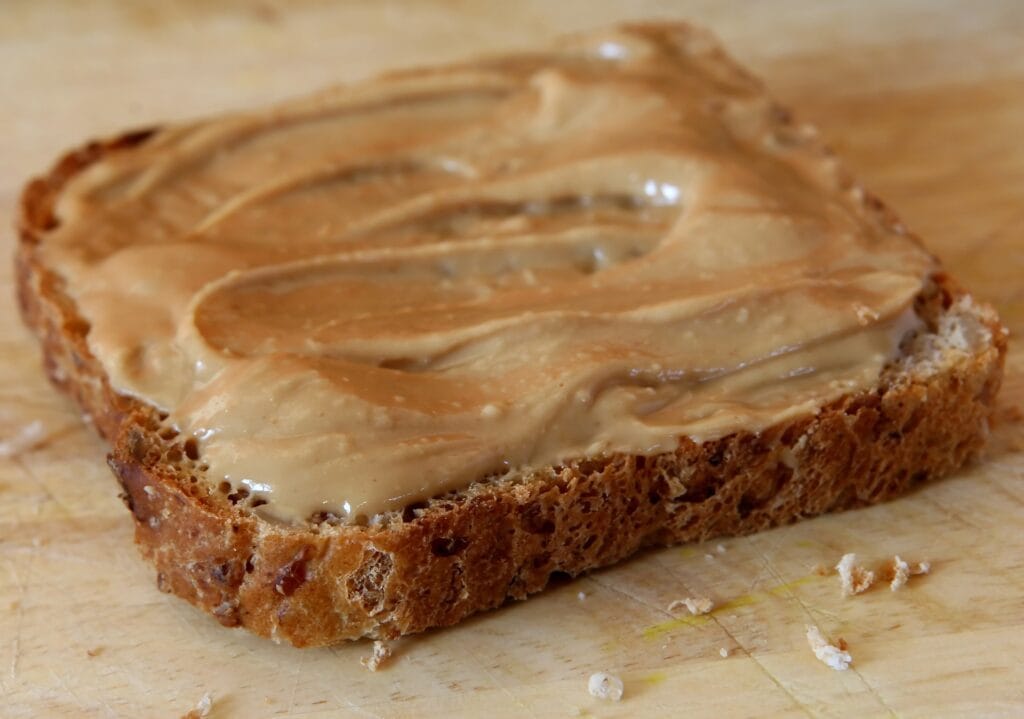
In the United States, Canada, and other Westernized countries, roughly 2% of youngsters have an allergy to peanuts, and this number has been rising rapidly over the last two decades. More research on the safety, efficacy, and tolerance of epicutaneous immunotherapy (EPIT) might play an essential role in developing novel immunotherapy techniques for peanut-allergic children under the age of four, for whom there are presently no FDA-approved treatment options. After 12 months of treatment, Viaskin, a novel form of EPIT among peanut-allergic toddlers, was found to be statistically superior in children aged 1-3 years old in the EPITOPE trial.
The treatment was significantly superior to placebo in desensitizing patients to peanuts; increasing the peanut dose resulted in an increase in allergic symptoms. The study’s other co-author is Edwin Kim, MD, MS, an associate professor of pediatrics at the University of North Carolina School of Medicine and a member of the Division of Pediatric Allergy and Immunology.
“These are very encouraging results that move us closer to a treatment option for this increasingly prevalent and serious allergic condition,” Burks said.
“We are diagnosing peanut allergies earlier and earlier because feeding guidelines now recommend introducing peanuts in the first year of life,” Kim said. The EPITOPE study shows that the Viaskin peanut patch may be an effective, easy, and safe therapy for this young age range.
More than one-third (37%) of Viaskin Peanut-treated participants in the EPITOPE research funded by DBV Technologies, a clinical-stage biopharmaceutical enterprise, achieved a total reactive dose of 3444 mg, according to data published in the New England Journal of Medicine.
Viaskin is an investigational non-oral immunotherapy that uses the skin’s natural immune response. It has the potential to aid in the modification of underlying food allergies by desensitizing the immune system to an allergen. Although Viaskin Peanut has shown promise in early clinical studies, it has not yet been approved by the FDA or any other relevant body. If approved, Viaskin Peanut would be an additional treatment option for those whose allergies are too severe for traditional allergy avoidance and immunotherapy.
Phase 3 randomized, double-blind, placebo-controlled EPITOPE participants were free to go about their day as they normally would. After one year of treatment, 67.0% of patients responded to Viaskin Peanut, whereas only 33.5% of patients responded to placebo. There was a shift toward milder reactivity to dietary challenges after 12 months of treatment.
Local application site reactions were the most common adverse events (AEs) in pediatric Viaskin peanut studies, and they decreased in frequency and severity with time. Anaphylaxis and the need for epinephrine were uncommon side effects of therapy. This research showed that reducing the risk of an allergic response after accidental peanut exposure may be accomplished with 12 months of daily EPIT using a patch containing 250 g of peanut protein (about 1/1000th of a peanut). Most people tolerated Viaskin Peanut quite well, and there were few dropouts owing to adverse events (AEs), and adherence was high.
What is Peanut Allergy
Millions of people throughout the globe suffer from life-threatening peanut allergies. This allergy occurs when the body’s immune system improperly responds to peanut proteins. It is important to take precautions to prevent exposure and to seek emergency medical attention if signs of a peanut allergy develop.
The severity of peanut allergy symptoms varies.
The skin may react in a number of ways, including:
1. Hives,redness and swelling.
2. An itchy mouth or a tingly feeling at the nape of the neck
3. Difficulty breathing, wheezing, or feeling short of breath
4. Chest pain/tightness
5. Puffiness of the face, lips, or tongue
6.Abdominal pain, sickness, or throwing up
The life-threatening allergic response known as anaphylaxis manifests with a rapid heartbeat, low blood pressure, and trouble breathing.
Causes
An allergic reaction to peanuts occurs when the body’s immune system mistakes harmless peanut proteins for dangerous invaders. It is unclear why some individuals develop a peanut allergy; however, it is possible that both genetic and environmental factors play a role.
Prevention
The safest way to prevent yourself from being allergic to peanuts is to just avoid them. If you have a peanut allergy, you should take extra precautions while eating out or at a friend’s home by checking the labels, avoiding anything with peanuts, and asking about the contents. It is also important to inform teachers, caretakers, and family members about the allergy.
Treatment
In the event of an allergic reaction, quick medical attention is required. The anaphylactic symptoms may be quickly reversed with an injection of epinephrine. Antihistamines and corticosteroids may be used to treat the symptoms. To sum up, an allergy to peanuts is a potentially life-threatening condition that must be managed strictly. By avoiding peanuts and peanut products, alerting others about the allergy, and seeking immediate medical attention for an allergic reaction, people with peanut allergies may lead safe, independent lives.
FAQs
When should a child be tested for a peanut allergy?
If you are concerned that your child may be allergic to peanuts, you should see a pediatrician or an allergist. Allergy testing, such as a skin prick test or a blood test, may be used to diagnose a peanut allergy.
Is it possible to control an allergy to peanuts?
Although there are several methods for alleviating symptoms, a treatment for peanut allergy has not been discovered as of yet. Toddlers with peanut allergies need to avoid all peanut products, including food, and get medical help right away if they have an allergic reaction.
What should I do to safeguard my peanut-allergic toddler?
If your child has a peanut allergy, you should take precautions such as reading labels, avoiding foods that may contain peanuts, informing loved ones and caregivers, and keeping an epinephrine auto-injector on hand at all times.